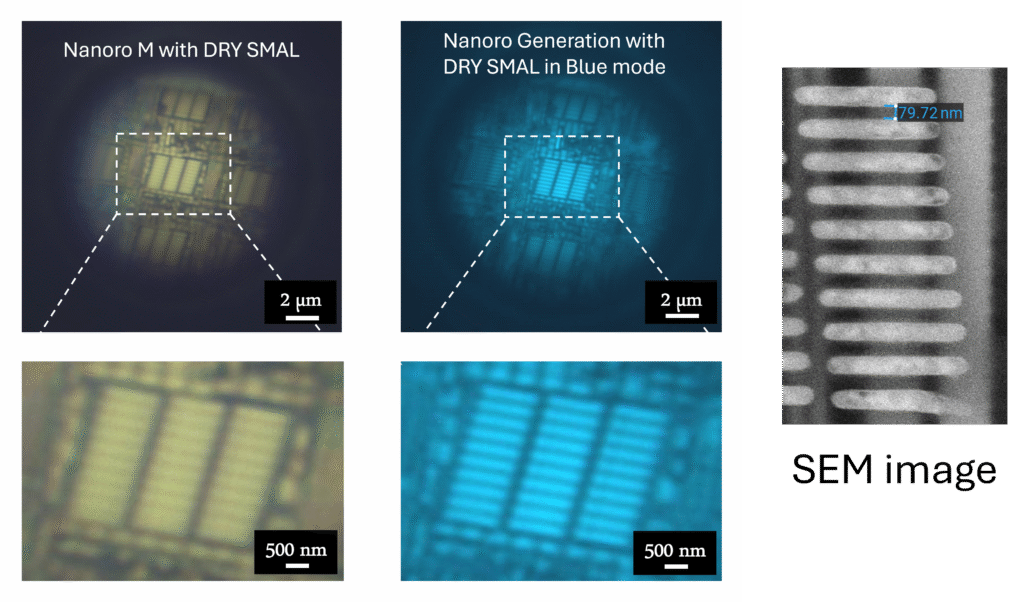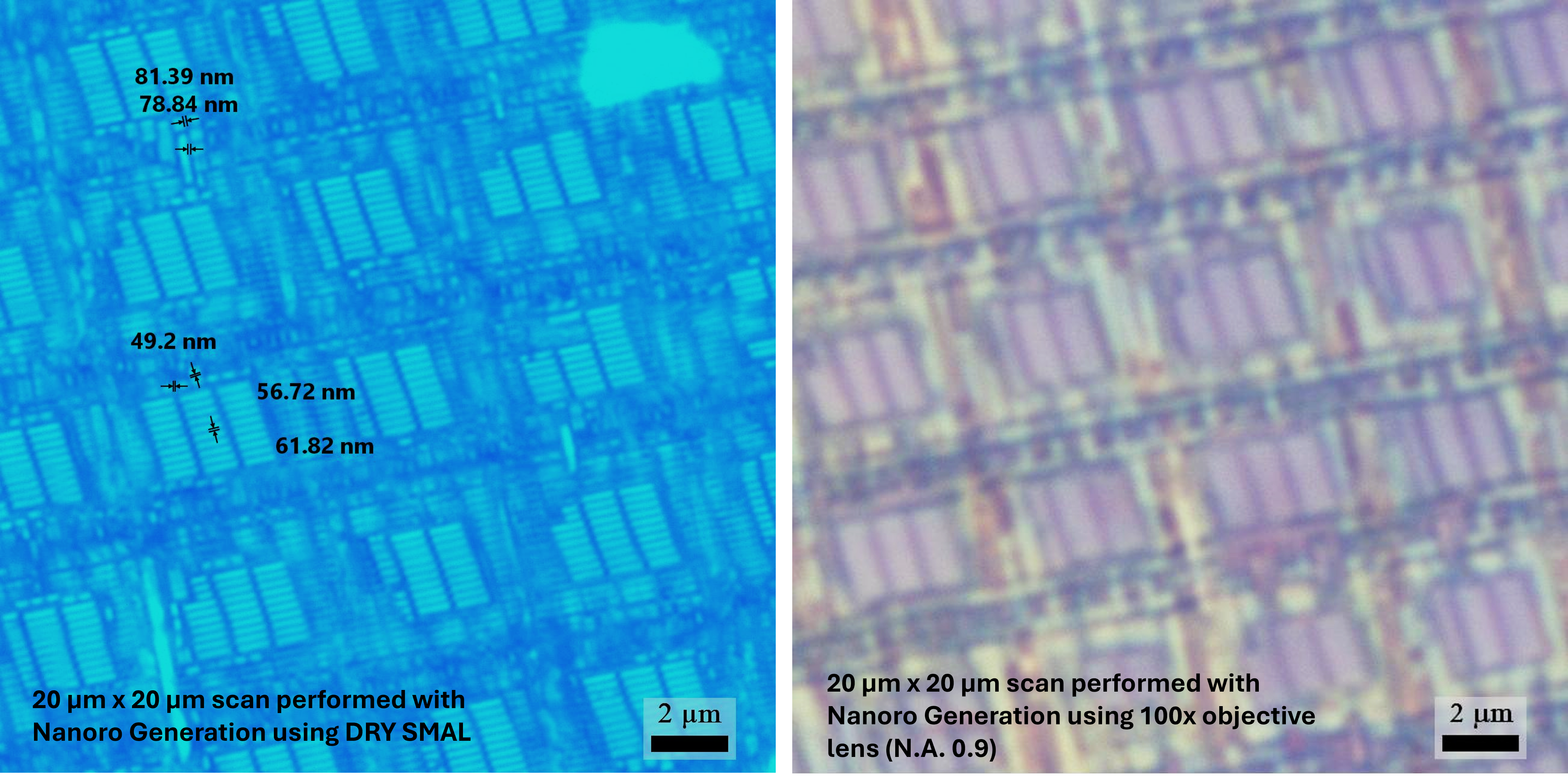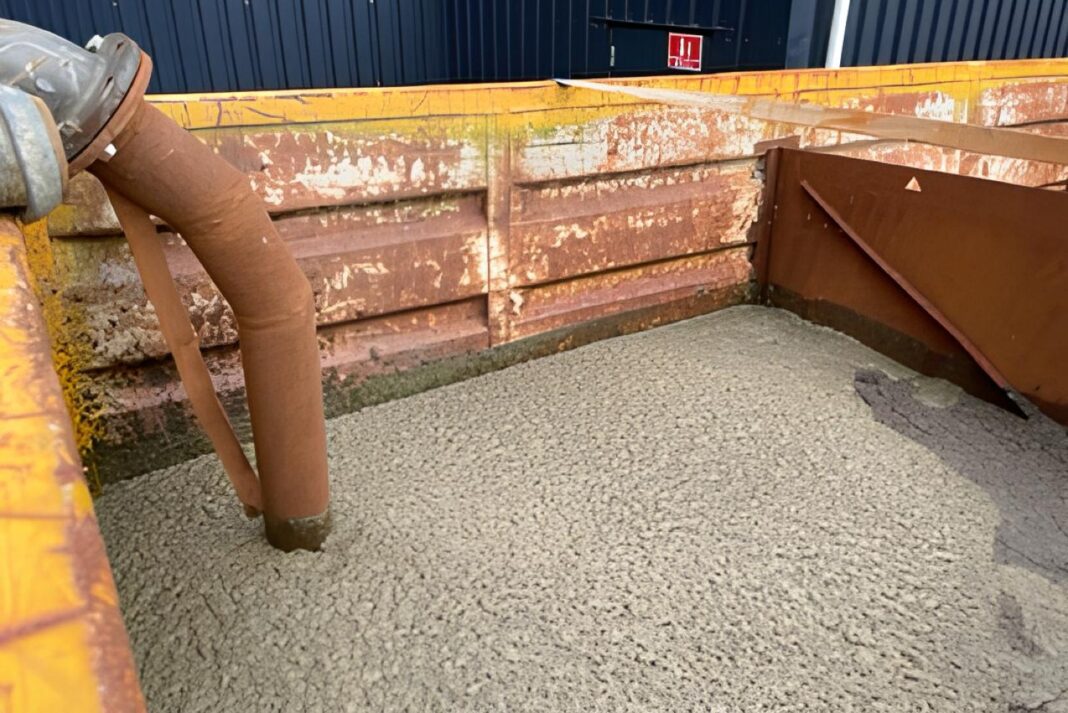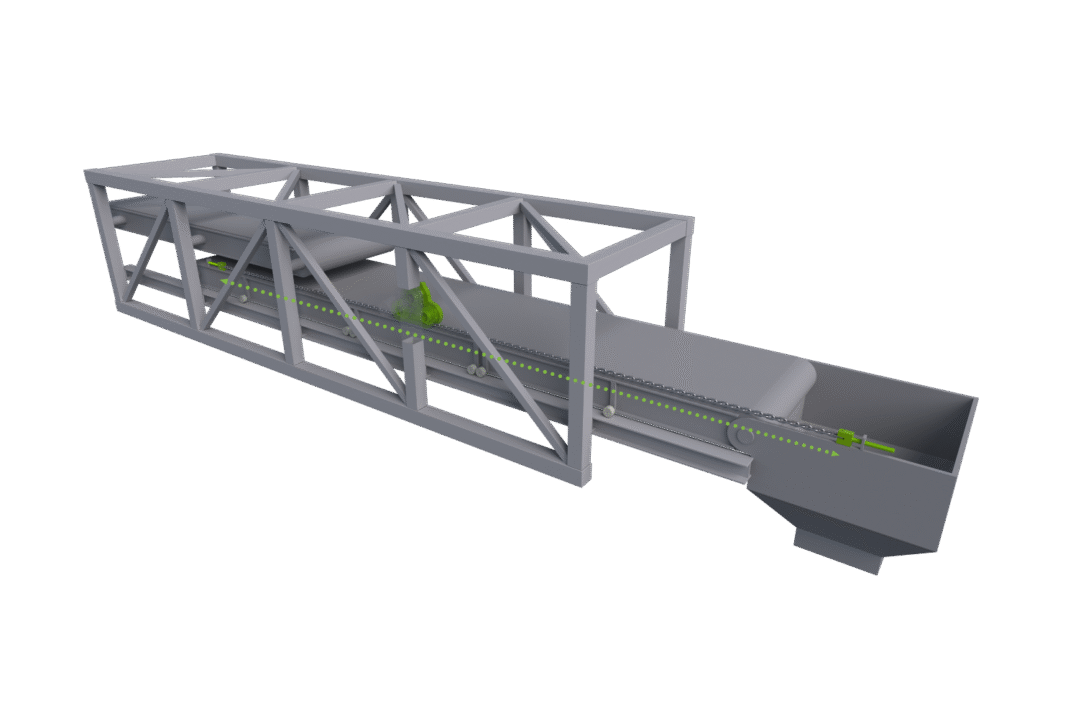Founded in 2014 and headquartered at Manchester Science Park in the UK, LIG Nanowise is a technology company at the forefront of optical imaging innovation. The company was established by Professor Lin Li, Dr. Wei Guo, and Dr. Zhu Liu—leading experts in laser engineering, microsphere imaging, and nanomaterials.
LIG Nanowise is best known for its patented SMAL technology (Super-resolution Microsphere Amplifying Lens), which allows conventional white-light microscopes to achieve imaging resolutions below 200 nanometres—far beyond the diffraction limit. Unlike electron microscopy, SMAL enables real-time, full-colour, non-destructive imaging without the need for vacuum or sample coating.
The company’s flagship systems, including the NANORO M and SMAL AIR Lens, are used in applications ranging from semiconductor inspection and graphene analysis to mineralogy, metal alloys, and precision manufacturing. These tools provide researchers and engineers with a powerful alternative to more complex and expensive nanoscale imaging methods.
LIG Nanowise has attracted significant investment, including a £2.6 million seed round led by Phoenix Bridge and Innovate UK, to support international growth, manufacturing, and R&D. A strategic partnership with Nikon in 2021 further extended the company’s global reach.
LIG Nanowise is dedicated to making super-resolution microscopy more accessible, enabling new breakthroughs in both scientific research and industrial innovation.
Nanoro M – Super-Resolution Optical Microscope by LIG Nanowise
The Nanoro M is LIG Nanowise’s flagship super-resolution optical microscope, designed to break through the diffraction limit and deliver full-colour imaging at resolutions below 200 nanometres. Powered by the company’s proprietary SMAL (Super-resolution Microsphere Amplifying Lens) technology, the Nanoro M opens new frontiers in optical microscopy—achieving detail traditionally only possible with electron microscopes, but without their limitations.

Unlike SEM or AFM systems, Nanoro M enables non-destructive, real-time imaging in ambient conditions, with no need for vacuum environments, conductive coatings, or complex sample preparation. Users can directly observe nanostructures with natural colour contrast and minimal delay, significantly accelerating workflows in both research and industrial settings.
Key Features:
- Sub-80 nm optical resolution using SMAL lens with white-light illumination
- Full-colour nano-imaging with true surface texture and material contrast
- Live imaging in air or liquid environments
- No need for sample coating or vacuum systems
- Compact, user-friendly system with integrated software for easy image capture and analysis
The Nanoro M was built around the unique optical properties of the microsphere for optimal use of the SMAL lens. It is equipped with the Aerotech ANT95XY stage, offering a scan and motion range of 50 mm with a resolution of 5 nm and extraordinary repeatability. With its optical block mounted on a Marzhauser linear stage, the Nanoro M provides a vertical travel of 60 mm at high speed with a minimal step size of 100 nm. The system is controlled by a highly reliable Marzhauser joystick, allowing precise and smooth motion in X, Y, and Z axes with adjustable speed.
Applications:
The Nanoro M is ideally suited for:
- Semiconductor and microelectronics inspection
- Graphene and 2D material analysis
- Nanostructured coatings and advanced materials
- Biomaterials and medical devices
- Geological and mineralogical thin sections
- Metallurgy and failure analysis
Combining high resolution, speed, and ease of use, the Nanoro M represents a paradigm shift in nano-imaging—bringing the power of super-resolution optics into everyday laboratories, manufacturing lines, and R&D facilities.
With the Nanoro M, LIG Nanowise continues its mission to democratize nanoscale imaging, offering a revolutionary platform that allows users to see the nanoscale clearly, directly, and in colour.
Is This the Tool You’ve Been Looking For?
If your current microscopy solutions are limiting your research, the Nanoro Microscope may offer the breakthrough you need. To learn whether your samples are compatible with SMAL technology or to explore tailored imaging solutions, contact our expert team. We’re here to guide you through the next steps.
The SMAL Lens Family
The SMAL lens family from LIG Nanowise offers a versatile set of super-resolution lenses designed to adapt to different samples and experimental conditions, all while maintaining sub-80 nm resolution.
DRY SMAL
Is the standard workhorse of the family, providing exceptional nanoscale imaging without the need for immersion. Its dry configuration makes it ideal for routine sample inspections and general nanoscale research, offering high-resolution (down to 60 nm) imaging with minimal sample preparation.
IMMERSION SMAL
akes performance a step further by using oil or water immersion to enhance the numerical aperture, delivering brighter, sharper images for delicate biological specimens or thin polymer films. This lens is perfect for researchers who need the finest details while preserving sample integrity.
WIDE-FIELD SMAL
For situations where context and coverage matter, the WIDE-FIELD SMAL expands the field of view up to 50 µm without sacrificing SMAL’s signature resolution. This makes it ideal for large, flat samples such as 2D materials or semiconductor wafers, allowing users to capture both detail and overview in a single image.
MULTI-SPHERE SMAL
The MULTI-SPHERE SMAL leverages engineered microsphere arrays to further boost optical resolution, reaching sub-100 nm imaging in specific configurations. This lens is tailored for surface nanostructure studies and materials research, where extreme detail and surface characterization are crucial.
IR SMAL
Finally, the IR SMAL variant opens super-resolution imaging into the infrared spectrum, making it possible to study IR-active materials, photonics devices, and semiconductors with unprecedented clarity. By extending SMAL’s capabilities beyond visible light, this lens enables researchers to explore chemical composition, thermal contrast, and infrared-specific features at the nanoscale.

Together, the SMAL family offers researchers a complete toolkit for non-destructive, high-resolution imaging, allowing them to select the lens that best fits their sample, workflow, and experimental goals.
SMAL Lens Family – At a Glance
| Lens Type | Mode | Resolution | Field of View | Working Distance | Ideal Use Case |
DRY SMAL | Dry (air) | <80 nm | 10–15 µm | ~1.5 µm | General nanoscale imaging, routine sample inspection without immersion |
| IMMERSION SMAL | Oil / Water | <80 nm | 10–15 µm | ~2 µm | Biological specimens, thin films; enhanced numerical aperture for brighter, clearer imaging |
WIDE-FIELD SMAL | Dry / Immersion | <100 nm | 30 µm | ~1.5-2 µm | Large, flat samples where context and overview matter (e.g., 2D materials, wafers) |
| MULTI-SPHERE SMAL | Dry / Immersion | <100 nm | 10–15 µm | ~1.5–2 µm | Surface nanostructures and materials research; microsphere arrays amplify optical resolution |
IR SMAL | Dry / Immersion | <100 nm | 10–20 µm | ~1.5–2 µm | Infrared-sensitive materials, photonics, semiconductors; super-resolution beyond visible light |
Nanoro Generation

Introducing the Nanoro Generation, the next leap in LIG Nanowise’s super-resolution technology. Designed to push the boundaries of nanoscale imaging, the Nanoro Generation combines unmatched precision, versatility, and performance in a single, cutting-edge platform. Engineered for researchers and engineers working at the forefront of nanotechnology, this system brings your most ambitious imaging goals within reach.
While the Nanoro Generation is not yet available, it will be launching soon, offering early adopters the opportunity to experience the future of high-resolution microscopy.
Key Features
- Ultra-high-resolution imaging for advanced materials and biological samples
- Integrated 24” for intuitive control and real-time data visualization
- Built-in spectrometer for simultaneous optical analysis
- Full compatibility with the SMAL lens family for flexible imaging workflows
- Optimized for precision, efficiency, and seamless workflow integration
The future of nanoscale imaging is almost here — prepare to explore new dimensions with the Nanoro Generation.
Example of SMAL lens application on a semiconductor (Intel i5 microchip):

A semiconductor microchip from an Intel i5 processor was used to demonstrate the resolving power of the SMAL lens on both the Nanoro M and Nanoro Generation systems. Features as small as 80 nm, confirmed by SEM measurements, were rendered with remarkable clarity using the DRY SMAL lens. Resolution improved even further in Blue Mode with the Nanoro Generation.
This example highlights how optical microscopy, enhanced with the SMAL lens, is approaching the performance levels traditionally associated with electron microscopy.
Comparison of imaging modes

Shown below is a comparison between a scan performed with the Nanoro Generation in Blue Mode using a DRY SMAL lens and a scan obtained with a conventional 100x objective lens. With the Nanoro software, high-resolution scans can be acquired within minutes.
Structural features are quantified with high precision using the software’s integrated measurement tools.









